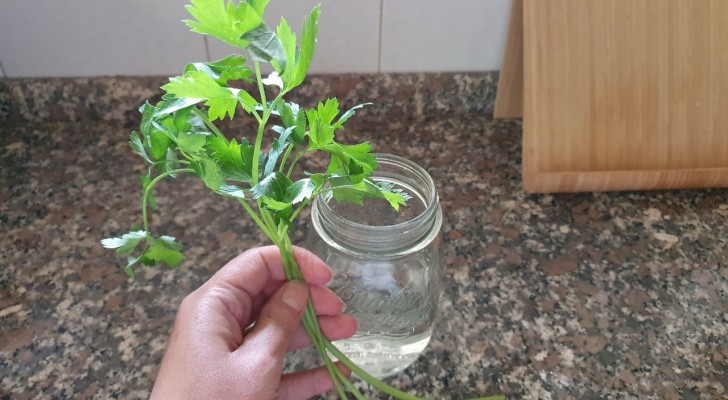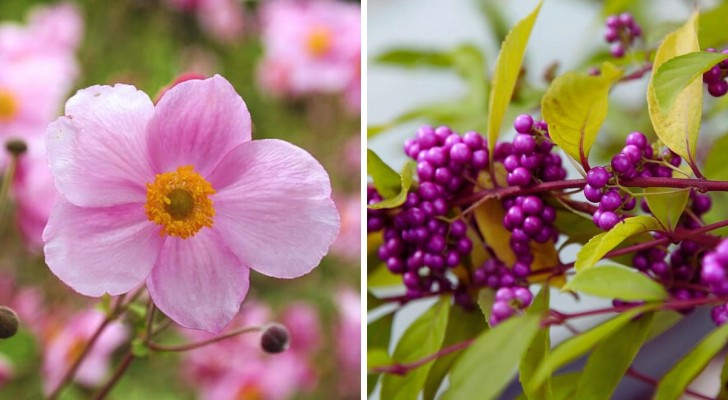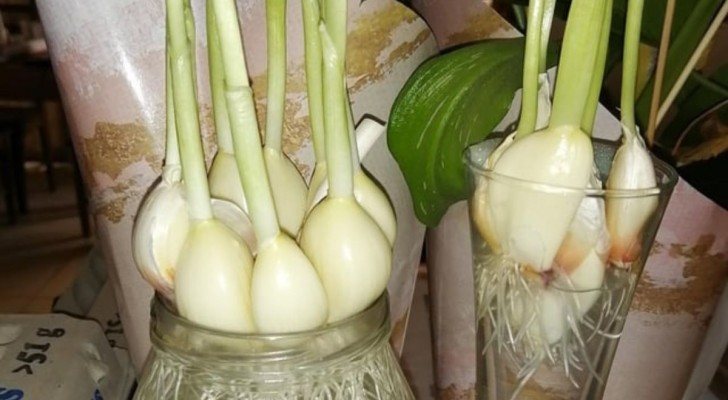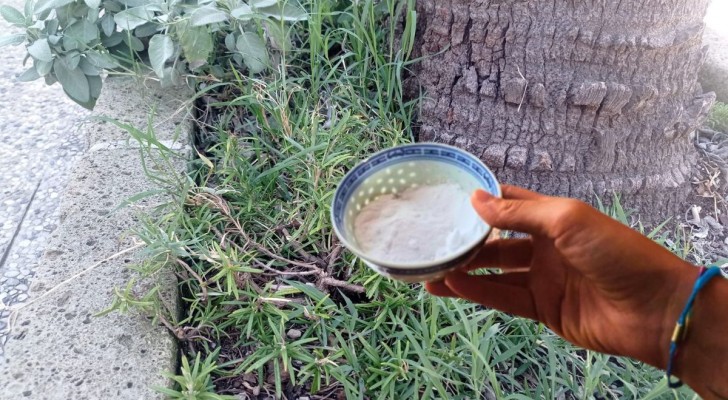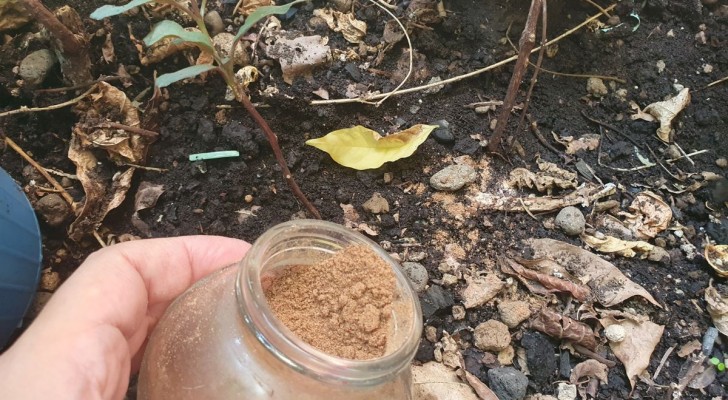Do you need to transplant or repot your plants? Use a few tips to protect them from trauma

Advertisement
All the plants that we grow in pots, before reaching their full, mature size, must be periodically repotted, and there are also cases in which the plant grown in a pot must be moved to the garden, or you realize that you have to change its position in garden, putting it in another flowerbed.
Transplants are always a trauma for a plant, and therefore they must be done at the right time and with a series of precautions in place so that each specimen can survive these important changes and emerge as unscathed as possible. Here are some useful tips to prevent a repotted or transplanted plant from losing its vigor shortly after being moved.
- Always avoid moving the plants during the hottest period of summer - it is difficult for them to settle in quickly and absorb the water necessary to combat the high temperatures.
- If you plan to move the plants, water them well a couple of days in advance, so the plant is better prepared to survive the lack of water that naturally occurs when it has to "settle" in its new location.
- Make sure to extract the plant with as much soil as possible around the roots: the mound of soil around the roots protects them while you handle and move the specimen. Some damage is inevitably done to the roots, but the soil encasement will keep this to a minimum. So use a shovel or spade, and never pull the plant out using its stem or branches.
- If you need to change the pot, place it down firmly and move the soil away from the edges, keeping away from the roots as much as possible, and then extract the plant.
- However, if the roots had grown to occupy all the available space in the pot, and has created a bunched up, tangled mass, try very gently to loosen them up, at least the outermost ones (and without breaking them). This way, the plant will be able to more easily spread out its roots in its new location and where it will have more space.
Advertisement
- First prepare the soil in which to plant the plant: if in the ground outside, dig and aerate the location, possibly also adding organic material as needed. This will ensure that there is no way for water to stagnate.
- As for locating to a new pot, prepare the soil necessary and according to the type of plant, making sure the soil is porous in order to drain off excess water. For the same reason, make sure there are sufficient drainage holes in the bottom of the pot. Also be careful to use soil that is not infected by mold or has other issues.
- Immediately water the plant after transplanting it, and check it at least every other day: stick a finger in the ground and if it is dry several centimeters down, you can give it more water. In the first few days, in fact, the roots have more difficulty in taking up the water necessary. However, if you notice that the water is not absorbed quickly by the soil, wait for it to dry out before watering again, otherwise you risk that the roots will rot.
- As soon as you water, the soil around the edges will sink, so have some extra soil ready to add and compact it gently around the base of the plant itself.
- Avoid fertilizing for 3 weeks.
Great job!
Advertisement
